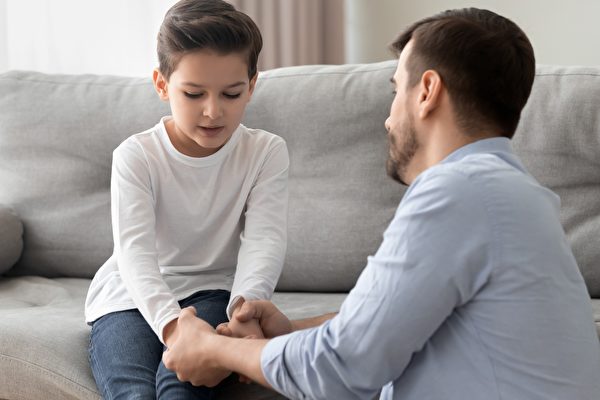As I watched them play chess, my thoughts drifted elsewhere. I thought of my own father. He used to take me fishing in the northern town of Flin Flon, Canada. At five in the morning, he would wake me up from my warm bed to get ready to go fishing for walleye. He would put on his red plaid flannel hunting shirt, emanating his unique scent – a mixture of cigars, sweat, and Old Spice cologne. That scent made me feel warm and secure, giving me a strong sense of safety and family bond.
The daydream ended, but the smell of Old Spice cologne lingered faintly in the meeting room. Could it be him? I walked over to the table, standing between Sam and his father, and asked, “Who’s winning?”
Sam’s father replied, “He’s close to winning.” I could smell the alcohol and Old Spice cologne on him, as he tried to mask the alcohol scent. According to regulations, he wasn’t supposed to drink when visiting Sam.
After the visit, I went to find Sam’s teacher who was preparing for tomorrow’s lesson in the classroom. “You might find this a bit strange,” I began, “but what brand of deodorant do you use?”
“Old Spice. Why do you ask?”
I drew a diagram of a brain with a triangular shape on paper and spent a minute or two discussing memories, associations, and triggers. I told him that I believed the scent of Old Spice was triggering signals for Sam (Mr. Rosman’s trigger was the sound of explosions). The teacher agreed to switch to a fragrance-free deodorant.
That afternoon, I asked Sam to sit down with me to explain my thoughts and the reasons behind his discomfort and outbursts towards the teacher. I showed Sam the diagram of the brain with the triangular shape, explaining how the brain links visual, auditory, and olfactory sensations together to understand the world. He nodded, finding it logical.
He then shared another example of a trigger for him: whenever someone raised their voice, he would want to hide; when he saw a bigger person bullying a smaller person, he would have the urge to intervene. I asked if he would be willing to sit down with the teacher to discuss and try to mend their relationship.
Both Sam and the teacher agreed to give each other another chance. Over the following year, their relationship grew stronger, and Sam eventually became a model student in the class.
Sam’s story clearly illustrates how the brain stores memories. Sam and I both had memories related to Old Spice cologne from our past experiences. My associations evoke positive feelings, while his trigger stress and fear. Living in the world, we encounter countless sounds, scents, images that evoke memories created in early life.
These memories may be a complete sequence of specific events or just fragments – a sense of familiarity, a vague impression.
When we first meet someone, we form a first impression (“he seems like a nice person”), usually with no clear information as a basis. This is because some traits of that person trigger memories classified as familiar and positive. Similarly, when someone evokes negative past experiences, the result is the opposite (“this guy is a jerk”).
Our brains categorize a vast amount of input information from family, environment, culture, and media. After understanding stored memories, the brain begins to form a worldview. If the personality of a person we encounter later does not match the memories we have categorized, our default response is caution and vigilance.
Likewise, if our associations are filled with media-generated prejudices, such as stereotypes about specific body types, races, or cultures, we will display hidden biases (which may be blatant biases as well).
It is evident that many phenomena in daily life are related to the brain’s understanding of the world, creating associations, and generating memories. Therefore, to understand why you are the way you are now, “What have you been through?” is definitely a key question.
*(Original from website, no reproduction permitted)*

